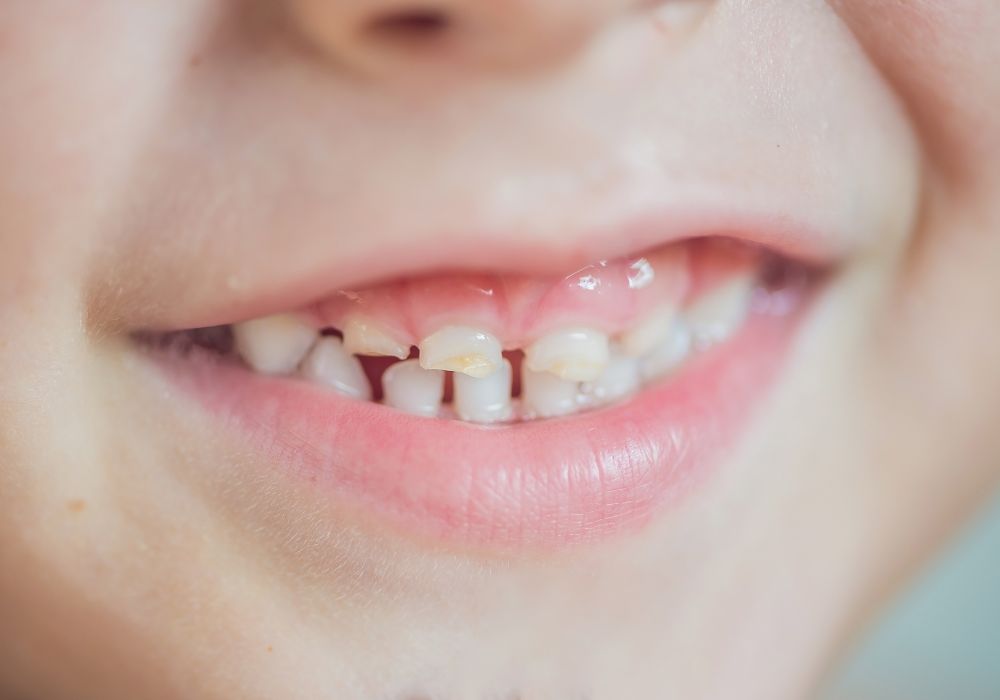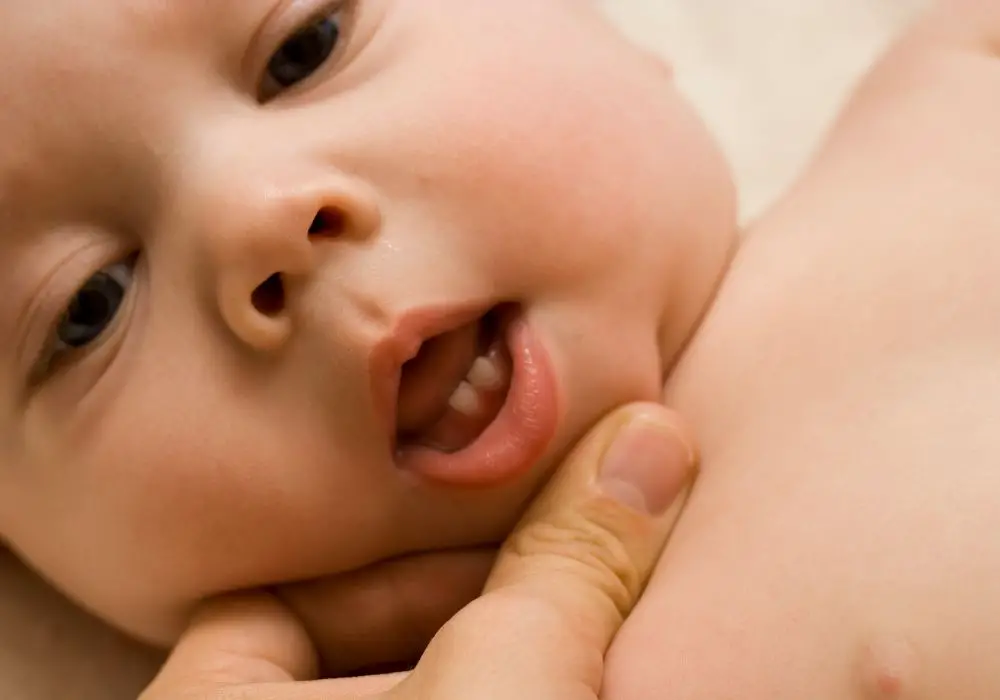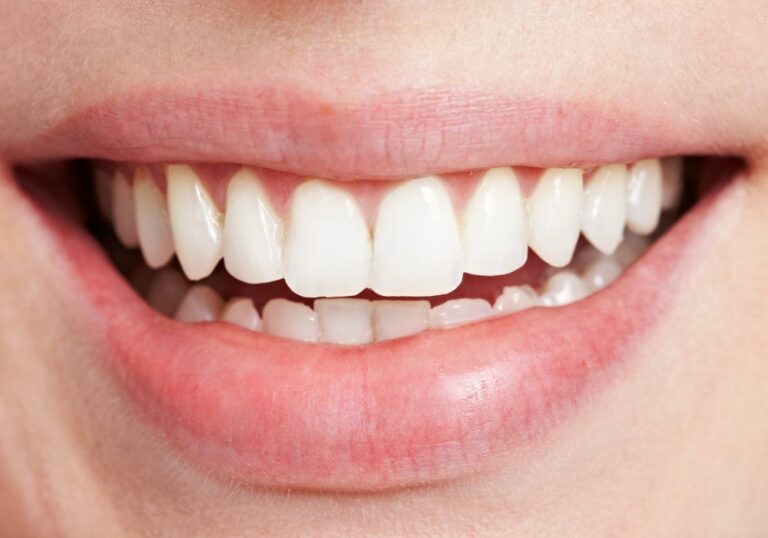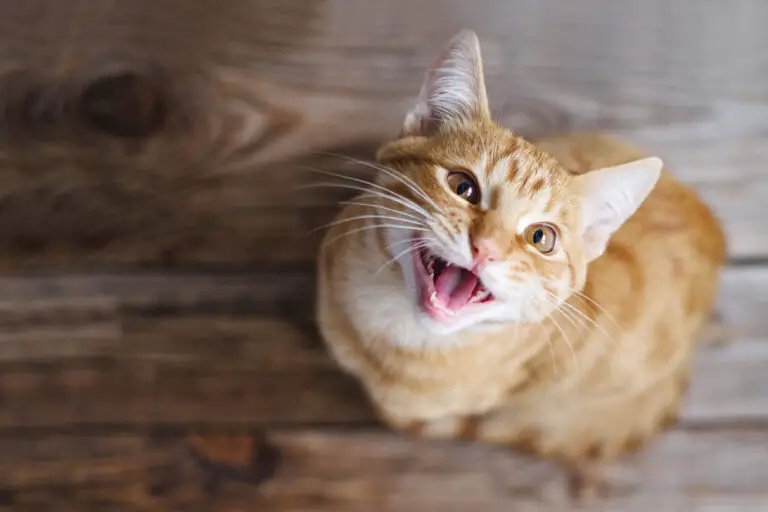Losing baby teeth is an important rite of passage for children. As the permanent teeth grow in, they push out the smaller baby teeth, causing them to loosen and eventually fall out. This process of shedding primary teeth typically begins around age 6 and continues until around age 12, when all of the permanent teeth have erupted.
But how long do baby teeth last after they fall out? And what should you do with those tiny pearly whites once they’ve been displaced by the larger permanent teeth? Here’s a comprehensive guide to what happens after baby teeth fall out and how long they tend to last outside of the mouth.
Baby Tooth Loss Timeline

Baby teeth, also called primary, deciduous, or milk teeth, follow a predictable pattern of emergence and shedding. Here’s the typical timeline of when those first teeth erupt and fall out:
- 6-12 months: The first baby teeth (incisors) emerge. These are typically the lower central incisors.
- 8-12 months: More incisors erupt in the top and bottom front of the mouth.
- 16-22 months: The first molars come in toward the back of the mouth.
- 13-19 months: Pointy canine teeth emerge.
- 23-31 months: More molars emerge. By age 3, a toddler typically has a full set of 20 primary teeth.
- 6-7 years: The incisors begin loosening and falling out as the permanent incisors push through the gums. This continues until around age 8.
- 7-8 years: The first permanent molars emerge behind the last primary molars even as the smaller ones continue to fall out.
- 9-12 years: As the permanent canines, premolars, and additional molars emerge, the remaining primary teeth are pushed out. By age 12-13, all permanent teeth except the third molars (wisdom teeth) have typically erupted.
So when do those baby teeth actually fall out after they start loosening? Here’s a general timeline:
- Front teeth: The bottom front teeth are typically the first to fall out, starting around age 6. The uppers soon follow. These teeth may hang on for anywhere from a few days to a couple weeks after becoming fully loose.
- Canines: The lower canines tend to go next, starting around age 9 or 10. The uppers usually follow within a few months. These teeth often loosen and fall out within 1-2 weeks.
- Molars/premolars: These back primary teeth start coming out around age 10. They may take longer to fully loosen and fall out—anywhere from 2 weeks to 2 months.
- Stragglers: In some cases, certain baby teeth may be more stubborn than others. If a primary tooth is still hanging on long after its permanent replacement has erupted, your dentist may recommend extraction.
Decay Rates for Shed Primary Teeth

Once a baby tooth falls out, the clock starts ticking on how long it will last outside of the mouth. The main factor impacting its longevity is moisture. Dry teeth decay much slower than teeth left in a moist environment.
Here are some general timelines for how long shed primary teeth tend to last in different conditions:
- Dry environment: A baby tooth left to dry out may stick around for 4-6 years before fully decaying. The tooth’s hardness and high mineral content help it resist decomposition for several years in an arid setting.
- Humid environment: With access to moisture, a baby tooth decays much more rapidly. In hot, humid conditions, the tooth may only last 6-12 months before deteriorating due to bacterial action.
- Immersed in liquid: An old wive’s tale says a lost tooth sunk in soda will dissolve overnight, but this is an exaggeration. Still, immersed in any liquid, a primary tooth may decay within 1-2 months. Enzymes in saliva also hasten the breakdown process.
- Outdoors exposed to elements: Baby teeth left outside tend to decay faster, especially in wet weather. They may only last 2-3 months before becoming unrecognizable due to moisture, sun exposure, temperature fluctuations, soil bacteria, and insect/animal activity.
- Buried underground: Baby teeth buried in soil persist longer thanks to the insulation and reduced moisture. They may last around 6 months on average before fully decomposing.
So unless it’s carefully preserved in a dry place, a shed baby tooth kept as a memento tends to decay within 6 months to a year. For best results, store baby teeth in sealed plastic bags with silica gel desiccant packs to remove moisture. Change the desiccant every few months.
What Happens as Baby Teeth Decay

What does the decay process look like as baby teeth degrade outside of the mouth? Here are the general stages:
- 1-2 weeks: The tooth begins drying out, shrinking slightly. Enamel may start flaking off.
- 1-2 months: Dentin softens as collagen fibers and minerals break down. Tooth darkens and takes on a yellowish-brown tint.
- 2-6 months: Continued decomposition of dentin and enamel. Tooth structure becomes brittle. Large pieces may chip off.
- 6-12 months: Only the hardy enamel shell remains intact. Inside is softened, gooey dentin.
- 1-2 years: Shell-like remainder of enamel finally succumbs to fractures and bacterial action. Tooth structure now unrecognizable.
The decay process slows significantly once the tooth is dry. But moisture, abrasion, and bacteria will eventually degrade even hardy tooth enamel. With proper preservation methods, however, baby teeth can last for many years as souvenirs and mementos.
Should You Keep Baby Teeth?

Losing those first teeth is an exciting milestone for kids. But should you save those pearly whites once they fall out? Here are some pros and cons:
Pros:
- Preserves childhood memories
- Can be made into jewelry or art pieces
- Lets kids see how much they’ve grown
- Historical or genetic research
- Educational tool
Cons:
- Can carry unhealthy bacteria
- Risk of getting lost
- Eventually decay
- May be gross out factor
- Not allowed by some cultures
There’s no right or wrong choice when it comes to saving baby teeth. Follow your family’s preferences and comfort level. If you decide to keep teeth, be sure to clean and sterilize them first by soaking in 3% hydrogen peroxide or lightly brushing with bleach. Then store properly to preserve their longevity.
What To Do With Lost Baby Teeth

If you decide to save your child’s discarded baby teeth, here are a few creative ideas for tooth keepsakes or craft projects:
- Place in labeled keepsake box or display case
- Embed in clear jewelry resin for necklace or bracelet
- Make ornament by stringing on ribbon
- Use as stamp or print art canvas
- Glue to frame with baby photo
- Paint or decorate with glitter nail polish
- Fill cavity with gold flakes for “grillz”
- Give to the tooth fairy!
Proper storage is key to preserving your little one’s pearly whites. Avoid moisture and inspect periodically for decay. With proper care, many families can treasure baby teeth keepsakes for years or even decades. Not only do they preserve memories, but they’re also interesting artifacts documenting childhood development.
The Tooth Fairy Tradition

An integral part of losing baby teeth for many families is the tooth fairy tradition. This folklore involves having children place shed teeth under their pillow to be exchanged for a small gift or money by the mythical tooth fairy. Here are some interesting facts about this fun custom:
- Origins date back hundreds of years to various European myths about teeth and witchcraft.
- The modern concept of a generous tooth fairy evolved in the early 20th century.
- Leaving notes or gifts rather than money is a recent trend.
- Tooth fairy gifts average around $3-5 in the U.S., up from just a few coins decades ago.
- Some “royal” tooth fairies leave elaborate gifts, notes, or gold coins.
- Many parents continue the tradition into the teen and even college years.
The tooth fairy tradition helps soothe kids’ fears about losing teeth and creates a sense of mystery and excitement. Whether you have the Tooth Fairy leave money or a small trinket, it’s a beloved custom for children and families all over the world.
Losing Baby Teeth Q&A
Still have questions about what happens when those baby teeth fall out? Here are answers to some frequently asked questions:
Q: Do baby teeth have roots?
A: Yes, baby teeth have roots that anchor them into the bone ridges of the jaw. The roots and bone are reabsorbed as the permanent teeth develop underneath and the baby tooth detaches.
Q: Can a baby tooth be put back into the socket?
A: No, lost baby teeth should not be inserted back into the socket. The root has dissolved and the permanent tooth is erupting in its place, so reinserting it could damage the permanent tooth.
Q: Do puppies lose baby teeth too?
A: Yes, puppies begin losing their baby teeth around 3-4 months old. Their adult teeth are usually all in place by 7 months. Kittens also lose baby teeth from 3-6 months old.
Q: Can you tell if teeth are baby or permanent?
A: There are several ways to distinguish primary from permanent teeth:
- Baby teeth are smaller and smoother.
- They’re whiter due to less mineralization.
- They have visible enamel lines called perikymata.
- They have rounded molar cusps vs. permanent molars’ square cusps.
Q: Do snakes lose baby teeth?
A: Snakes and other reptiles actually have multiple sets of teeth. When one set falls out, another set grows in to replace them throughout their life. They do not have distinctly juvenile and adult dentition.
Conclusion
Losing those first teeth marks an exciting milestone and rite of passage for young children. As baby teeth loosen and fall out on schedule, permanent adult teeth push up from below to take their place. For many families, it’s a tradition to have children place lost baby teeth under their pillow for the tooth fairy.
Shed primary teeth can last anywhere from a few months up to several years outside the mouth before succumbing to decay, depending on how dry the environment is. Many parents decide to save baby teeth as sentimental keepsakes and crafts commemorating this childhood phase. With proper preservation and storage methods, milk teeth mementos can endure for decades.
While baby teeth have a limited lifespan, the memories associated with losing those first pearly whites are often treasured forever. Recording the special moments – first wiggly tooth, first visit from the tooth fairy, proud grin with a newly gap-toothed smile – can create lasting mementos to enjoy as both kids and parents grow older together.







